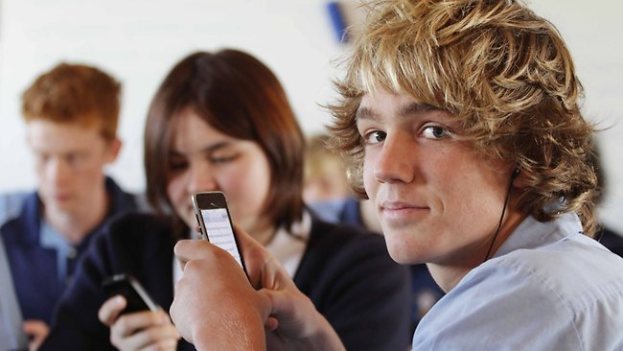
Based off a recent study from online student assistance site StudyBlue, students with access to smartphones study material for classes approximately 40 minutes more per week than students without access to a smartphone. This figure was tabulated from the combined data of nearly one million StudyBlue users over the Fall 2011 semester. Students are most likely to use the smartphone for studying while commuting or when at school or work. Approximately half the students use the application to study when going to bed or just waking up as well as when standing in line. Nineteen percent use a smartphone for studying while in the bathroom and 17 percent study while exercising.

StudyBlue is also planning to launch an iPad version of the mobile application in the future. With more college students adopting the iPad for daily use during class, the rumored version of Microsoft Office that may be heading to the iPad will be a welcome application for students to use when working on class assignments.
Editors' Recommendations
- The best student cell phone plans and deals in 2023
- The best apps for helping students stay organized and safe
- Apple expands digital student cards to 12 more universities this year


